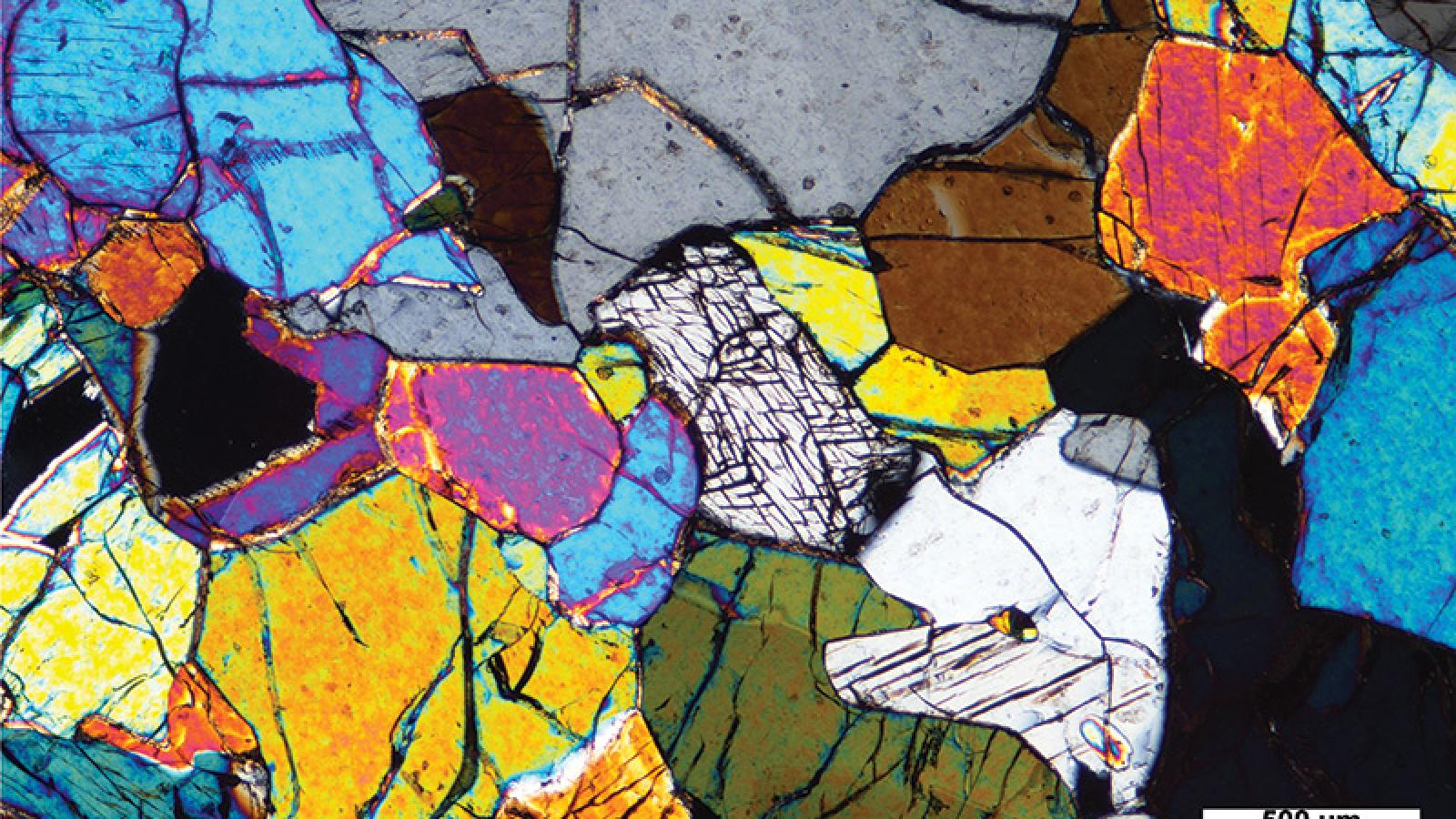Our research in Solid Earth Dynamics investigates the structure and behavior of the solid earth, including its topography. The surface of the earth is broken into more than a dozen plates, each of which moves relative to the others, in response to forces originating deep in the Earth’s interior. Plate tectonic processes are responsible for most of the world's mountain belts, earthquakes and volcanoes, and also account for the distribution of many important natural resources, such as oil, natural gas and metallic deposits. Mitigating the impact of natural hazards and satisfying increasing demands for finite natural resources are critical challenges faced by modern civilization.
We analyze our restless planet in terms of its physics and chemistry. We attempt to identify and model the processes which have produced its present structure and account for its present and past behavior. Our studies extend from the atomic scale to that of the planet as a whole, and require use of a variety of instruments and techniques, including geophysical exploration, remote sensing, crustal motion geodesy, mass spectrometers, synchrotrons, electron microprobes and diamond anvil cells. We also study other planets in the solar system, because a complete understanding of the earth is difficult to achieve without this broader context.

